Overview
If you own a business, then regardless of what you sell – groceries, food and beverage, retail, you need to serve your customers. The orders and billing of customers should be fast, hassle-free and convenient. Especially in the modern era of blooming online shopping, maintaining a good relationship with customers is a must for physical store owners. Now POS printers are undoubtedly the most important part of any retail store’s point of sale (POS) system. With the primary aim of processing payments, organizations leverage this technology to print out customer receipts, bills, quick slips and send order receipts to the kitchen in case of restaurants.
Things to consider when getting a POS printer
When choosing a POS receipt printer, your business requirements should be given the priority. Let’s discuss in brief about various aspects of a POS printer consisting of print quality, speed, connectivity and more.
1. Printer Type
Dot Matrix Printers
Dot matrix printers are the most economical option a business can choose. You can always rely on these printers and more importantly, these require minimal operating costs. Dot Matrix printers have tiny pins mounted on the print head.
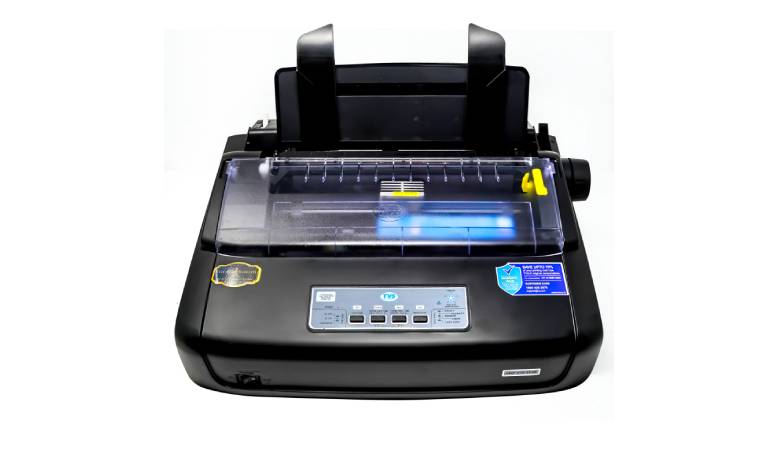
The pins work with an ink ribbon to create a series of dots that form the letters on the paper. Often these printers can print in two colors, black and red, and are capable of printing graphics.
Benefits of Dot Matrix printers:
- Least upfront cost
- Immensely reliable and easy to use
- Come with the ability to produce multiple copies in one-go
- Even work in hot environments, like kitchens
Thermal Printers
Thermal printers basically use heat to print on paper instead of the traditional print head process. A majority of receipt printers that we usually find in restaurants, retail stores and supermarkets are thermal.
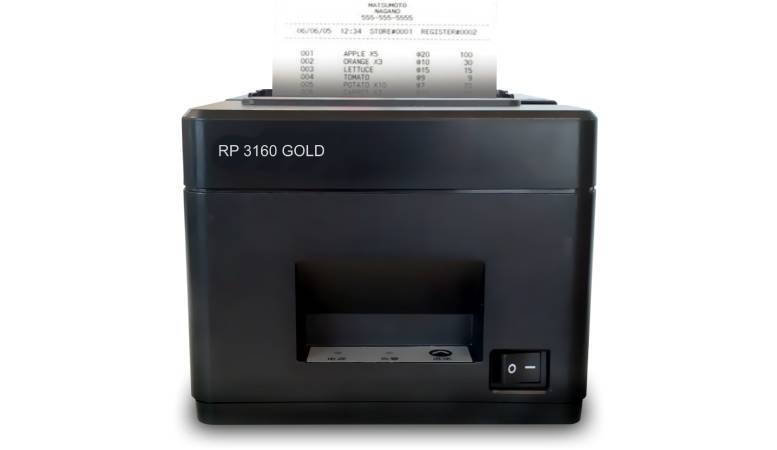
Thermal printers are immensely beneficial in POS operations. Even though the cost upfront is high, most modern businesses choose thermal printers, because these printers are softer and faster. Additionally, as for the graphics on receipts, thermal printers produce much better print quality.
Benefits of Thermal Printers:
- They’re quiet
- Deliver better, sharper image quality
- Comparably much faster
- Last longer
Inkjet Printers
Inkjet printers work with print heads that blow minute droplets of liquid ink onto the receipt and deliver high quality print. These types of printers specialise in producing color logos or graphic oriented coupons. So small/medium scale retail stores and restaurants do not usually need this.
Benefits of inkjet printers:
- Low upfront cost
- Amazing quality of output, ideal for detailed and smooth printing
- Simple to use
- Good speed for dense graphics, images printing
- Makes less noise than dot matrix printer
2. Print Speed
Speed of a POS printer directly affects your customers’ shopping experience. Every business that plans a POS system priorly focuses on how quickly they can serve their shoppers.
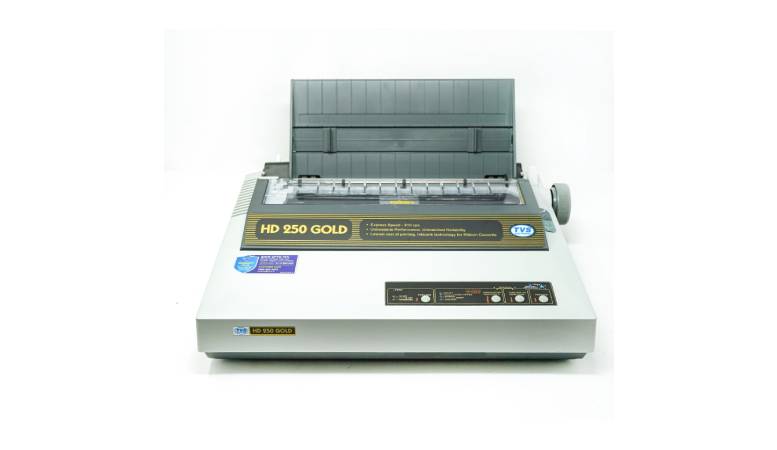
The speed of receipt printers is measured in two ways: receipts per minute (RPMs) or millimeters per second (mm/s) of the paper roll. A printer is considered to be effectively fast when it churns out a receipt per second. It should be noted that in a high volume POS system, those few seconds can make all the difference. A slower print speed can keep people waiting in a line and frustrating the folks at the back of the line. The longer they will wait, the more are the chances of them leaving negative reviews.
3. Connectivity and Compatibility
● Ethernet connection serves as an immensely stable connection with little printing delay. Additionally, this connectivity makes it possible to connect several POSes to the same printer. POS printers with Ethernet connection are ideal if you have large facilities and different printers are required in different rooms. and also when you have increased customer flow.
● WiFi receipt printers are also Ethernet printers, but instead of cables, they are connected with WiFi routers through radio (WiFi). These printers do not require a wire that goes to the router. However, they do require WiFi routers to connect to the POS system.
● Bluetooth receipt printers are printers that connect with the POS via Bluetooth. These are primarily meant for use in a small space environment; they work only when there is a small distance between the POS and the printer. Bluetooth printers have one second of printing delay, and are hence suitable for printing receipts with low customer flow.
● USB connectivity makes it possible to connect the POS system with the receipt printer quickly. However, the only concern is that these printers need a wire and USB wires are available in a limited length. No one would want to use such printers with mobile printers because you cannot move beyond the length of the cord and that’s uncomfortable.
4. Dimensions
The last thing you would want is being stuck with a printer that eats up too much space on your desk or in your small office. No printer should make it difficult for people to move around and do their work without any hassle. So plan your office/store space optimally and analyze how you want everything set up before actually bringing in a printer. Then you would be able to find a printer of suitable size so that you don’t have any regrets.
5. Receipt Customization
Not a lot of people have this perspective but a receipt to customers isn’t just their record of the transaction, it’s a great marketing opportunity. Try to add your contact details, your logo, or even your website to the receipt, it can serve to continually promote the business.
If you’re wondering, it’s totally possible to pre-print logos and contact information on receipts-roll before you are interacting with the customers.
Additionally, in the retail industry, people usually need more than one carbon print of the same receipts. While on the other hand legal entities and banks involve statutory printing in large volumes. So Dot Matrix printers will be the optimal solution as they are cost-effective. Whereas if only one print is required and that too in smaller volumes, thermal receipt printers will do.
6. Roll Road Speed
You would agree it gets really awkward when customers are waiting in the line and you find out that it’s time to change the paper in your receipt printer. Everything comes to a halt while you figure out how to keep the paper in place perfectly. Then you get a test receipt, which is a failure in most cases. So now you get even more tensed and your customers are waiting in the line desperately.
An ideal POS printer should allow you to pop the top and drop in a new roll, as simple as that. So that the line keeps moving and customers get what they quickly want without any hassle. At the end of the day, the faster a line can move, the more customers a business can serve, and that directly means more profit for you.
Depending on usage, a single ribbon of a Dot Matrix printer may last a year. On the other hand, thermal printer printheads should serve you 1.5 – 2 years before giving any problems like print quality issues.
7. Power Consumption
Out of all the printers, thermal printers eat up more electricity as they directly trade ink for heat. On the other hand, all types of printers have certain tradeoffs. In case of battery-operated printers, the batteries need to be changed regularly, ultimately leading to higher operational costs and service delays. Additionally, some POS printers run on USB power, but again the efficiency is limited as the power supply comes from the attached computer.
8. Cost
The price range for all the three printer types we discussed is entirely different. It is vital that you make decisions as per your business requirements instead of your budget.
Suppose your business needs high-quality graphics to be printed, in that case you should opt for a printer that meets this requirement, no matter the cost. On the other hand, if you just want to print basic receipts, then a relatively cost effective solution should be the choice.
Dot Matrix printers or Impact printers form the cheapest printer choice. Additionally, they involve minimal operating costs, as only occasional paper and ribbon changes are required. However, these printers are also the slowest type of printer, so if the POS system of your business needs quick service or involves long receipts, a Dot Matrix printer might not be the ideal choice for your enterprise.
Thermal printers usually cost a bit more than printers, and these print much faster with higher quality than Dot Matrix printers. They don’t need any ink or toner, so enterprises can compensate for the higher upfront cost of thermal printers as compared to other types.
Lastly, choose an inkjet printer only if you need to print high quality graphics on receipts (for example – logos or coupons printed on receipts), and also note that the cost of replacing the cartridges is high.
Conclusion
Choosing a certain type of POS printer should be based on the aspects related to your business and the place of work. Collect the required information about your business and follow the discussions and recommendations above to find an ideal printer for your work.
TVS Electronics is one of the most reliable brand for printers and other electronic appliances. We have been helping businesses and consumers with innovative solutions that help them make their lives easier. Our efficient and fast thermal receipt printers can be the perfect match for your business needs.
Regardless of what your requirements are or which business you do, we have electronic solutions that can help you simplify business operations. Visit our store to check out our range of outstanding electronic products and feel free to contact us in case of any queries.










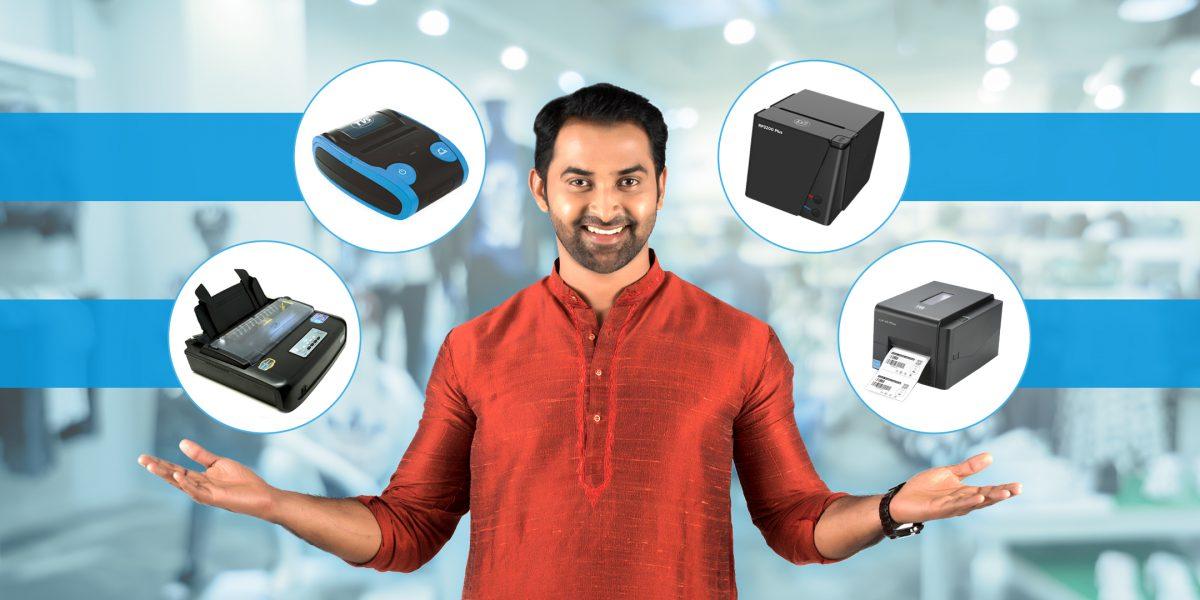

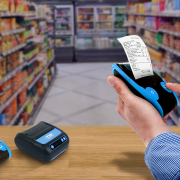

Solar
May 15, 2024 at 1:08 pmThank you for making this topic easy to understand. Great post!
fixt appliance repair
September 6, 2024 at 4:26 pmWith the effective services from Fix Appliance Repair & Termite Services, you can keep your home or business in USA safe from our area’s toughest pests! Fix Appliance Repair & Termite Services